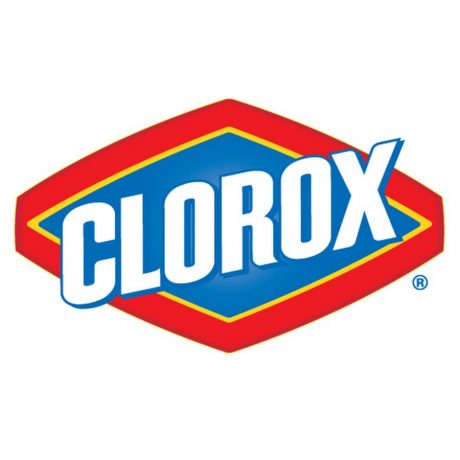Much has been written over the years about bleaches. The NIDC, National Institute of Dyers & Cleaners (our forerunner to DLI), manuals and private books dating back to the early 1920’s are on my shelves. There have been many chemicals come and gone. Chlorine bleach (AKA Clorox) has stood the test of time. Yet it is probably the most mistrusted and slandered chemical of all. Mostly due to ignorance on the subject by owners, managers and the sacred one time heroes of the cleaning room-the beloved spotters. My Grandfather was a “silk spotter” in the 1930’s at a hotel in Houston, Texas called the Rice Hotel. One of the grandest and most elegant. Back in the days when dressing up was paramount to everyone. No shorts or baggy sweat suits. Hotels in those days had big drycleaning and laundry plants. A silk spotter was “top dog” because he knew all chemicals and all fibers and was the only one trusted to work on silks. He was the “go to” guy in the cleaning room. Grandpa used chlorine bleach everyday and I did as well when I was in the cleaning business.
Stain Removal Specialist??
It stuns me how ignorant people are about chlorine. A basic course in chemicals and bleaches could ease your fears. However, the problem is perpetuated by owners not allowing it in the cleaning rooms because “overnight spotters,” or Stain Removal Specialists (???) are anything but so today. So, instead of getting intensive training for their stain removal specialist, they simply forbid them to use chlorine. Chlorine is not evil. Chlorine is not dangerous. The poor soul who does not understand Chlorine is dangerous. I spent the last 30 years of my 43 years in the industry trying to figure out why only an average of 25-30 students would attend classes to better their knowledge such as in the use of chemicals. Probably 75% of drycleaning employees in today’s plants have never attended a drycleaning course of any kind. Customers use bleaches incorrectly, but hopefully, not us. That is if “us” includes a well trained spotter or SRS. I hesitate to use the fancy term of Stain Removal Specialist because I don’t know many of them. Most are thrown on the spotting board after they learned to run a load or two of drycleaning. Another way you can tell if a spotter knows his way around his chemicals is if you hear him refer to chlorine as Clorox. There are many brands of Chlorine and God forbid if you are foolish enough to use Clorox or bleach as words thrown around the shop or told to a customer. Not that this exonerates the customer. They spill chlorine on clothes all the time and do not see the color gone damage until it has been washed, professionally wetcleaned or dry cleaned. Then, of course, we get the blame. Then is when you can hear the owner hollering “get that d… #$! &!! Clorox bleach out of this plant. Such ignorance.
Those Who Buck The System Will Pay Dearly
Chlorine is an oxidizing bleach in the category of several oxidizing bleaches. Like most bleaches it requires neutralizing after use with the use of an acid and opposite. Otherwise permanent damage can occur. Store bought strength is usually between 2-5.25 %. Naturally you can purchase from your local supplier in stronger strengths but 5.25% is strong enough for our purposes. Chlorine will discolor and can ruin animal fibers. A vial of one teaspoon chlorine (Sodium Hypochlorite) and a half teaspoon of a good synthetic detergent, glycerin of the old and trusted Orvus Paste. Chlorine can even be used on some color fabrics to remove a stain if you work cautiously and flush/neutralize the area. Remember that Chlorine is an alkali. Soaking in a bucket or a sink works wonders too if used correctly. There are rules to every chemical and actually in every phase of life. If we follow the rules of spotting or life, we stay out of trouble. Those that buck the system pay dearly. “The stronger the concentration of any bleach and the longer nit stays on the fabric, the more likely you will see severe yellowing and weakening of the fabric.” That quote came from a mentor who was the top spotting instructor for then IFI (International Fabricare Institute) named Norm Oehlke. Anybody my age will remember Norm as their instructor and analyst. Many have come and gone since 1927 at the Institute under several name changes and they all left an impression on our minds as students.
Well, I hope these tips will aid you in your path towards being a top notch stain removal specialist. So go out there and give it a shot. You may even find taking a correspondence course or a class at the DLI will give you the confidence you need on the spotting board or the wash room.
I’m headin’ to the wagon now, these boots are killin’ me!

